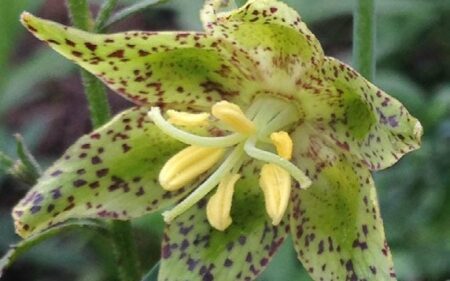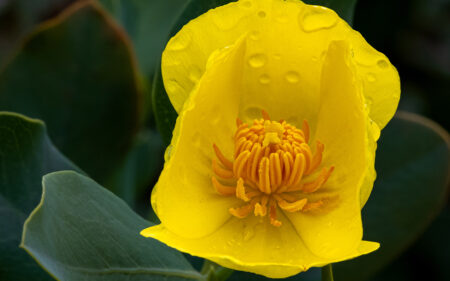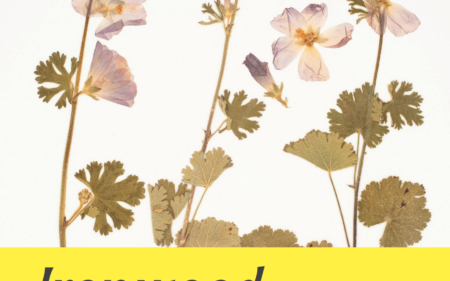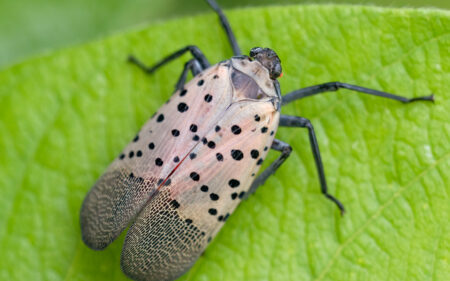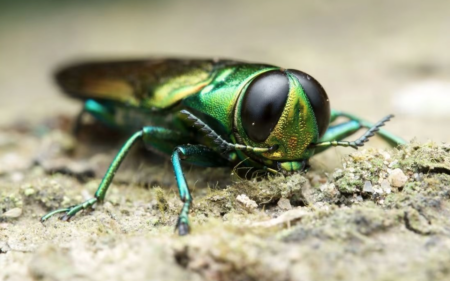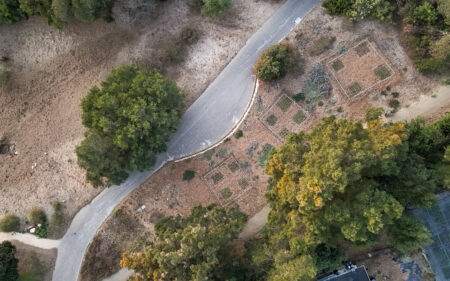5 Ways to Discover Bugs in your own Backyard
Native plants support a wide diversity of insects. With a little bit of searching, you will be amazed at the number of insects that emerge from your own backyard. Engage in these tricks to discover more about the insects found in our local area:
1
See which insects are on your plants by using a Beating Sheet. A beating sheet is any surface that is used to collect insects by holding or laying it underneath a plant and then shaking (or “beating”) the branches to knock off any hiding insects. Your surface could be as large as an old bed sheet or as small as a piece of paper. Pro-tip: try not to disturb the plant before the sheet is in place – in a pinch you can use your hat.

2
Use a magnifying lens to get a closer look. Magnifying lenses are an essential piece to any naturalist toolkit. With it, you can gain more knowledge on the structures, behavior, and interactions of insects. If you do not have a lens, you can also use a pair of binoculars by flipping them over and looking through the opposite side of them.

3
Flip over a log. Whether it is for shelter, moisture, or food, there are plenty of reasons for insects to find shelter under a log, rock, or any object. Just be sure to place it back for the insects in the position you found it when you’re done.
4
Change your perspective. Get down low or lay on your belly to look for insects crawling on the ground. Look inside flower buds to find resting or hiding insects, or remove the top layer of dirt on the ground to see what is below.
Pro-tip: when it’s dark, check to see what is attracted to your porch lamp – watch the species change throughout the year.

5
Stay in tune with the weather. Weather can make a dramatic difference on the types and number of insects you may see. Some conditions, like high winds, may make it difficult for insects to fly around, while after rain, you may notice large amounts of them emerging from their hiding spot.

Pro-tips by Casey Richart, a postdoctoral scholar at the Garden whose research includes documenting invertebrates associated with rare and endemic plants. He has described dozens of new species, including millipedes, arachnids, and terrestrial slugs and snails.
 Donate
Donate